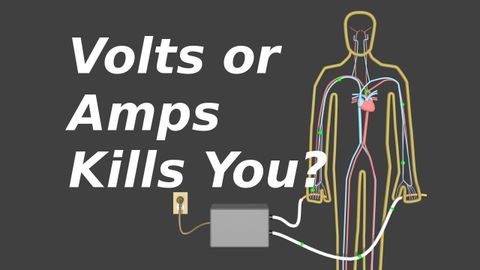殺死你的是伏特還是安培?電壓、電流和電阻 (Do Volts or Amps Kill You? Voltage, Current and Resistance)
301 05邱鈺媜 發佈於 2024 年 09 月 16 日  沒有此條件下的單字
沒有此條件下的單字US /ˈprɑːpərli/
・
UK /ˈprɔpəlɪ/
US /ˈpɪriəd/
・
UK /ˈpɪəriəd/
- n. (c./u.)時期;(用於句末;表示斷定的口氣)就這樣;句號;月經;期間
US /vəˈraɪɪti/
・
UK /və'raɪətɪ/
